Fact about Amazon Rainforest in 2020
The Amazon is a vast region that spans across eight rapidly developing countries: Brazil, Bolivia, Peru, Ecuador, Colombia, Venezuela, Guyana, Suriname and French Guiana, an overseas territory of France.
The landscape contains:
- CONTINENT
- SPECIES
- One in ten known species on Earth
- 1.4 billion acres of dense forests, half of the planet's remaining tropical forests
- 4,100 miles of winding rivers
- 2.6 million square miles in the Amazon basin, about 40% of South America
There is a clear link between the health of the Amazon and the health of the planet. The rain forests, which contain 90-140 billion metric tons of carbon, help stabilize local and global climate. Deforestation may release significant amounts of this carbon, which could have catastrophic consequences around the world.
- HABITATS
After the blaze: Amazon community begins recovery following the fires
In Bolivia’s Chiquitano Dry Forest region, flames impacted 5.4 million acres of forest. Thanks to WWF supporters, our on-the-ground partners were able to help the community begin to recover.
 © Natalia Ramirez / WWF-Bolivia
© Natalia Ramirez / WWF-BoliviaSPECIES
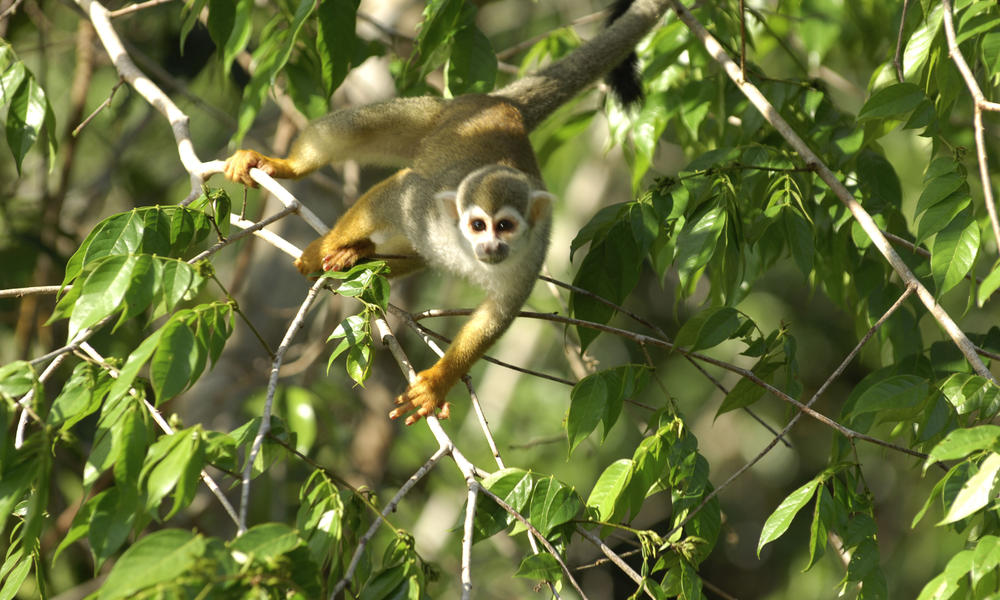 © Zig Koch / WWF
© Zig Koch / WWF
The Amazon contains millions of species, most of them still undescribed, and some of the world's most unusual wildlife. It is one of Earth's last refuges for jaguars, harpy eagles and pink dolphins, and home to thousands of birds and butterflies. Tree-dwelling species include southern two-toed sloths, pygmy marmosets, saddleback and emperor tamarins, and Goeldi's monkeys. The diversity of the region is staggering:
- 40,000 plant species
- 3,000 freshwater fish species
- more than 370 types of reptiles
To protect these species, WWF works with local communities, partner non-governmental organizations, corporations and governments to ensure that deforestation and degradation of rivers are alleviated.
PEOPLE & COMMUNITIES
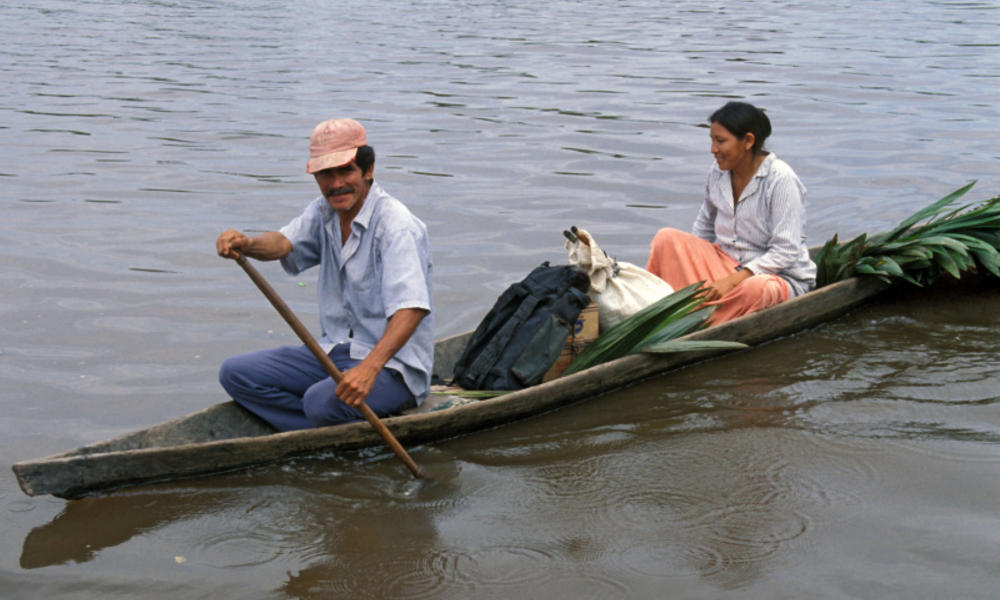 © WWF-US/Deborah Gainer
© WWF-US/Deborah Gainer
More than 30 million people, including 350 Indigenous and ethnic groups, live in the Amazon and depend on nature for agriculture, clothing and traditional medicines. Most live in large urban centers, but all residents rely on the Amazon’s natural bounty for food, shelter, and livelihoods.
THREATS
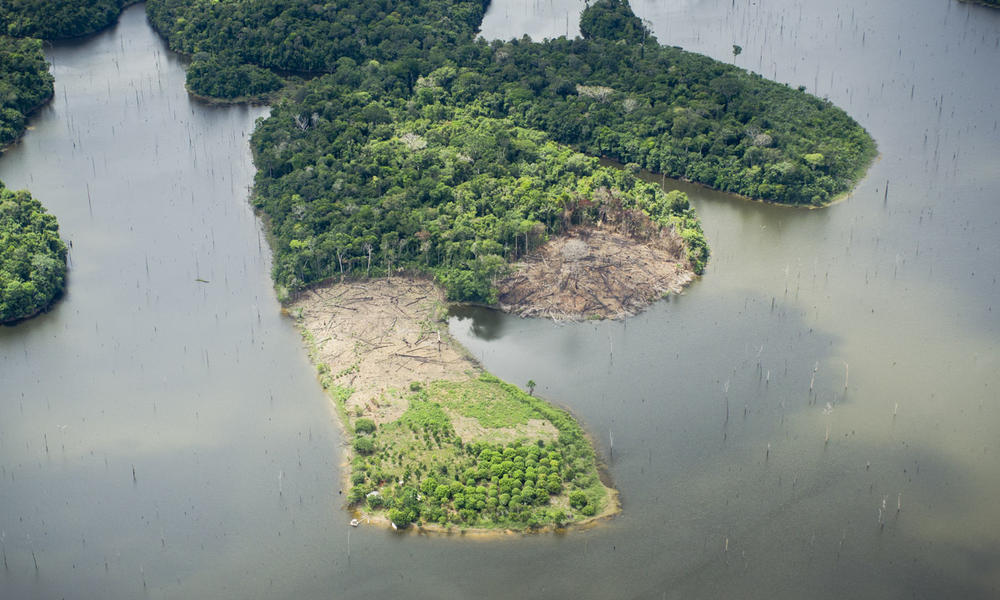 © Richard Lisboa/WWF-US
© Richard Lisboa/WWF-US
Despite its mighty splendor, the Amazon’s forest and freshwater systems are fragile and at risk.
EXTENSIVE CATTLE RANCHING AND AGRICULTURAL EXPANSION
Amazon forests suffer as global demand for products such as beef and soy increases. Forests are cleared for more and more cattle grazing pasture and cropland. These growing industries also displace small farmers, forcing them into forested areas which they must clear to sustain themselves.
Cattle pastures occupy 80 percent of deforested areas in the Amazon. Pasture runoff contaminates rivers. Fire used to manage fields often spreads into the remaining forests. The deforestation caused by ranching also contributes to climate change, releasing 340 million tons of carbon into the atmosphere every year.

POORLY PLANNED INFRASTRUCTURE
Transportation and energy infrastructure are essential for national and regional development, but when they are poorly planned, negative impacts can exceed short-term benefits. For example, building new roads exposes previously inaccessible areas of forest to illegal and unsustainable logging.
Hydropower is now used to meet Brazil’s growing demand for energy, but many dams are being constructed in areas of high conservation value. The dams:
- disrupt river connectivity
- block the range of many aquatic species
- interfere with some subsistence and commercial fisheries
WWF conducts biological surveys and works with governments to help inform the dam site selection process. We advocate for a basin-wide approach to hydropower planning that identifies the rivers with the highest conservation value so that development can be steered away from them.
ILLEGAL AND UNSUSTAINABLE NATURAL RESOURCE EXTRACTION
There is high demand for the natural resources found in the Amazon, but weak law enforcement to safeguard them. In addition, inefficient extraction processes lead to the destruction of nature and wildlife. For example, some mining activities contribute to soil erosion and water contamination.
WWF works to promote best practices and decrease environmental damage from:
- gold mining
- oil exploration
- illegal logging
- overharvesting of fish and other aquatic species
CLIMATE CHANGE
In recent times, warmer temperatures and less rainfall have produced droughts of historic proportions. The Amazon suffered its worst droughts of the last 100 years in 2005 and 2010. Long dry spells wither crops, decimate fisheries and lead to forest fires. This can result in significant shifts in the makeup of ecosystems and a loss of species. WWF helps farmers protect their crops from severe rainfall and droughts and ensure nearby wildlife areas can adapt to a warmer world. Learn more about the impacts of climate change in the Amazon.
WHAT WWF IS DOING
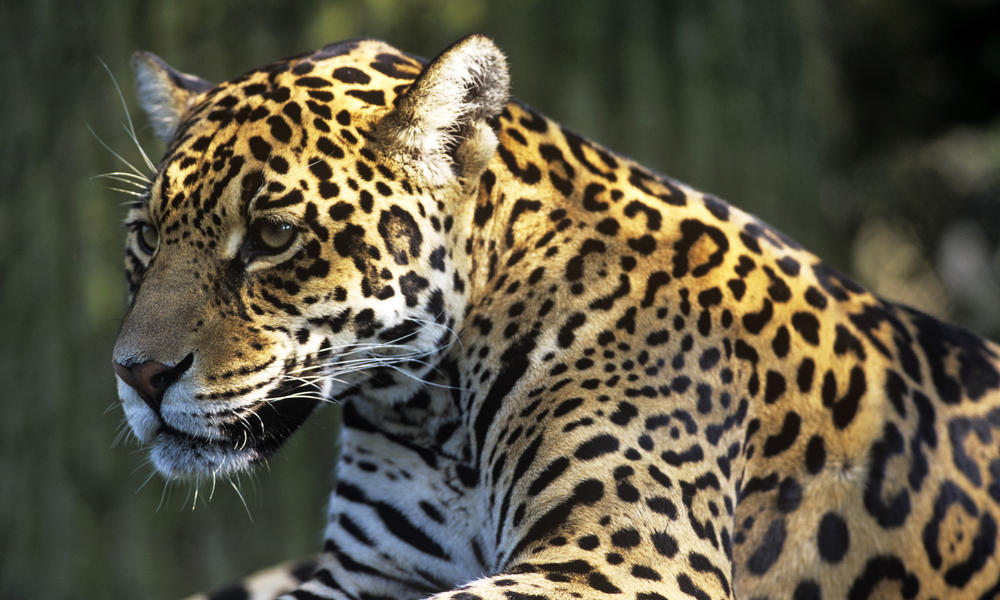 © David Lawson / WWF-UK
© David Lawson / WWF-UK
Protecting and conserving the Amazon, a place two-thirds the size of the US, is a big job. WWF has been working in the Amazon for 40 years and is at the forefront of efforts to protect the forests, species, and people that call it home. We engage local communities and partner with governments to identify solutions that bridge the needs of economic development and conservation.
PROTECTING FORESTS
WWF collaborates with governments across the Amazon to create and manage protected forest areas.
In Brazil, through the Amazon Region Protected Areas Program (ARPA), WWF works to create a network of parks covering 150 million acres of forest. This area would be over 50% larger than the U.S. National Parks system. WWF helps carry out surveys of the new parks as they are created and supports park planning and management.
In Brazil, through the Amazon Region Protected Areas Program (ARPA), WWF works to create a network of parks covering 150 million acres of forest. This area would be over 50% larger than the U.S. National Parks system. WWF helps carry out surveys of the new parks as they are created and supports park planning and management.
An important milestone was the creation of Tumucumaque Mountains National Park, the world’s largest protected tropical forest at 9.5 million acres. This pristine wilderness, with its rugged and remote terrain, now protects species like jaguars, giant anteaters, harpy eagles and a rare monkey known as the black-bearded saki.
In the southwestern Amazon, WWF works to protect more than 25 million acres of forest and freshwater habitat. Our work through the Amazon Headwaters Initiative helps park authorities in Peru and improves fisheries and other sustainable livelihoods for indigenous people in Bolivia. In addition, data from years of tracking jaguars in Peru has shown us the importance of conserving long stretches of rivers in the Amazon; jaguars spend a lot of time in riparian habitat.
In the southwestern Amazon, WWF works to protect more than 25 million acres of forest and freshwater habitat. Our work through the Amazon Headwaters Initiative helps park authorities in Peru and improves fisheries and other sustainable livelihoods for indigenous people in Bolivia. In addition, data from years of tracking jaguars in Peru has shown us the importance of conserving long stretches of rivers in the Amazon; jaguars spend a lot of time in riparian habitat.
CONFRONTING DRIVERS OF DEFORESTATION

Each year, the Amazon loses forested areas the size of the state of Delaware. Agricultural expansion, ranching, infrastructure projects, energy exploration and illegal logging are to blame. We address the following:
- Soy farming: WWF works with the Soy Roundtable—made up of soy producers, processers and exporters—to improve the sustainability of their practices and minimize impact on the Amazon and its wildlife.
- Cattle ranching: WWF works with the beef industry to create standards that increase efficiency and reduce waste. This includes educating ranchers about why it is not necessary to convert more forests into pasture to increase profits. WWF works through a Beef Roundtable to develop principles and criteria that increase the productivity of existing cattle ranches and prevent establishment of new ranches in high conservation value forests.
- Hydropower: To meet growing energy demands, Brazil has the option to use dams. WWF provides scientific support to help find dam locations that will do the least harm to the environment.
- Illegal and unsustainable logging: High demand for timber products, weak laws and poorly implemented trade rules lead to logging that destroys nature. WWF works to create market conditions that conserve the world’s forests, but also provide economic and social benefits for businesses and people.
- Infrastructure: In Colombia, construction of an important road had the potential to disrupt the lives of local communities and harm a forest reserve. WWF’s participation in the planning process succeeded in creating the most environmentally friendly road possible and ensured that the needs of local communities were considered.
DEVELOPING A SUSTAINABLE FOREST ECONOMY
Regional and global demand for natural resources, including timber and fish, can be met without devastating the environment. We work with agriculture and timber sectors to eliminate waste and increase production efficiency.
We also seek to promote demand for sustainable forest products. WWF engages local indigenous communities and governments to manage protected areas. We also support local communities’ ability to earn a living sustainably. For example, in a protected area in Bolivia, WWF supports training and organic certification for sustainable Brazil nut harvesting.
- WWF Statement on 2019 Amazon Deforestation DataNovember 18, 2019
- WWF Statement on Brazilian Amazon Forest FiresAugust 21, 2019
- Research Finds Responsible Forest Management in the Peruvian Amazon Can Help Preserve WildlifeJuly 23, 2019
- Delfines de la Amazonia Están Contaminados con MercurioOctober 25, 2019 – Newsweek en Español
- Amazon Rainforest on Fire: 'Lungs of the World' in FlamesAugust 27, 2019 – ABC Nightline
- NASA Shows Amazon Rainforest Fires from Space as Environmentalists Caution About Impact on U.S.August 26, 2019 – People Magazine
PROJECTS
The Natural Capital Project
Centered at Stanford University, the Natural Capital Project is a partnership among WWF, The Nature Conservancy, Chinese Academy of Sciences, University of Minnesota, and Stockholm Resilience Centre. Through pioneering science, cutting-edge technology, and collaborative partnerships worldwide, the Natural Capital Project works to integrate the value nature provides to people into all major decisions.Transforming Peru's forest sector
Illegal logging is more prevalent in Peru than in most countries around the world. The majority of the timber from Peru is harvested illegally. But the Peruvian government—with help from WWF and others—is turning this situation around. Together, they are transforming and modernizing Peru’s forest sector.
PUBLICATIONS

Emergency Amazon Fire Fund Report - March 2020
WWF Emergency Fund for Amazon
Below The Canopy
Living Amazon Report 2016
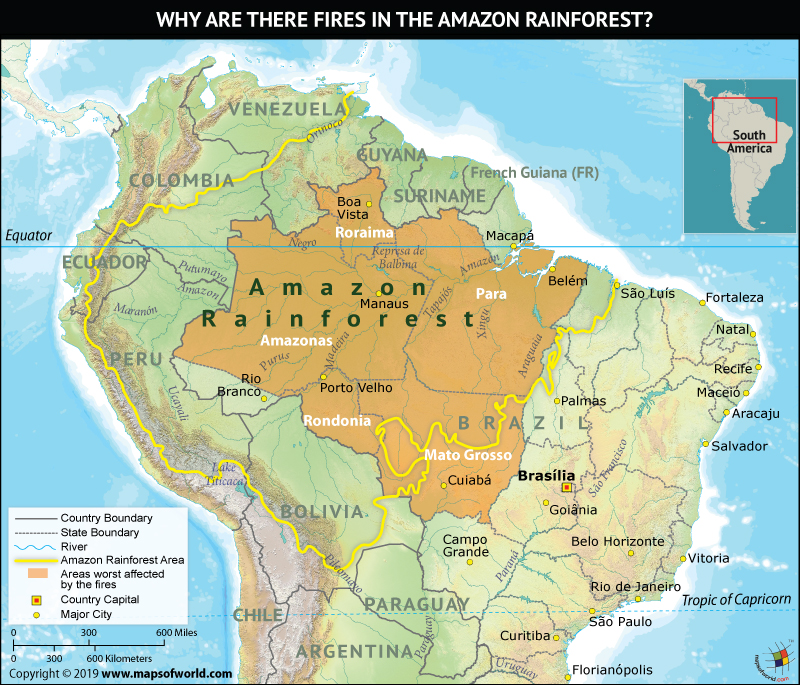
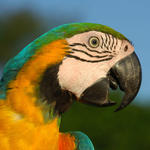 MACAW
MACAW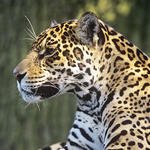 JAGUAR
JAGUAR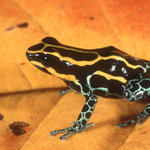 POISON DART FROG
POISON DART FROG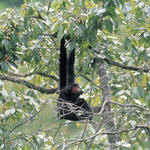 BLACK SPIDER MONKEY
BLACK SPIDER MONKEY AMAZON RIVER DOLPHIN
AMAZON RIVER DOLPHIN SLOTH
SLOTH MEG SYMINGTONManaging Director, Amazon
MEG SYMINGTONManaging Director, Amazon KERRY CESAREOSenior Vice President, Forests
KERRY CESAREOSenior Vice President, Forests MICHELE THIEMELead Conservation Scientist, Fresh Water
MICHELE THIEMELead Conservation Scientist, Fresh Water

No comments:
Post a Comment